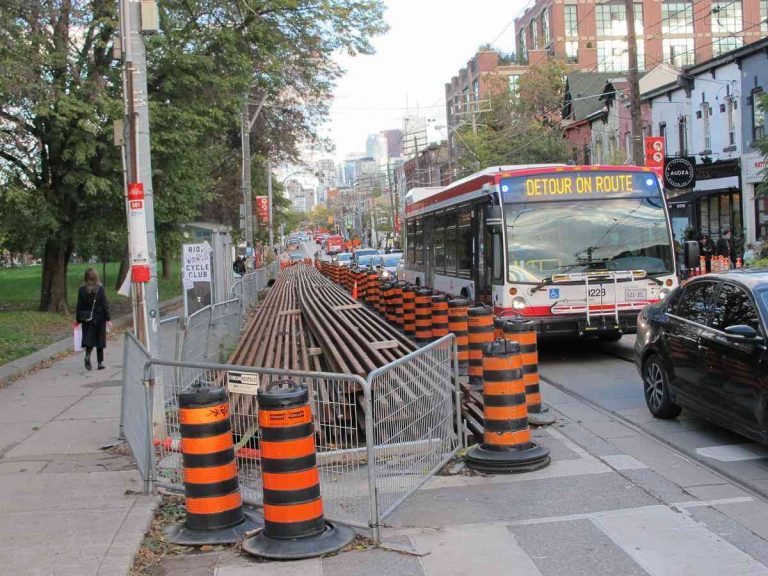Contrary to what you might think, curbside storage is not a novel idea in Portland, Oregon. Streetscapes in and around the city regularly featured overgrown grass and other surface-level property next to thoroughfares. Given this, a new pedestrian-centric avenue that just opened along South Waterfront touted its curbside storage as an important part of its design.
The move was originally conceived of as a pilot project that city officials hoped would show the effects of the curb-style storage system for use in future streetcar projects.
Actually, the city was wrong.
The city had overestimated the amount of time that the curbside storage would be necessary and underestimated the cost of the new program. Curbside storage is hardly a new idea, but this plan is a project that needed to be a pilot project.
The city’s incompetence could have potentially been avoided if a seasoned commissioner had stayed on the streetcar project and not bailed. Commissions rarely stay on projects to see through a design and planning process that can include redesign, replacement, and re-development when necessary.
In looking through news articles over the past couple of years, I’ve learned that while curbside storage of high-value and carefully landscaped property for streetcars is a noble idea, it’s not that simple. The local news channels would have you believe that curbside storage is a terrific idea, but it has rarely worked.
A useful model for curbside storage is the New York City street cleaner plan, which is a seamless bike/pedestrian link between Queens and Manhattan for bicycles and pedestrians. With this plan, bike lanes are provided on vehicular lanes, and streets are re-purposed to enhance pedestrian and cycling traffic. A May 2018 report notes that while curb storage won’t provide short-term relief on some of these heavily travelled parts of New York City, pedestrian and vehicular safety is improved with the new system.
Chicago has their own pilot curbside storage plan for neighborhood traffic that stretches from Wilson to Belmont, and from Ashland Avenue to Northport, in Lakeview. This pilot program is not being implemented across the city, and there are currently no plans to expand it to additional neighborhoods.
Bus-oriented curbside storage has also been a compelling use of curb space for homeowners and for commercial property owners in Seattle’s Fremont neighbourhood. Recently, Fremont Sharrows began to improve the bus loading and unloading at one of the highest profile destinations in Fremont, Belmont Park.
These two pilot projects in the lower northeastern US are clear cases of investment in pedestrian infrastructure designed to improve the quality of life for residents in active transportation communities.
The cost and effort required to restore curbside storage along Portland’s Main Street has thus far been nothing less than spectacular. Far from a bed of roses, the investment has paid dividends.
